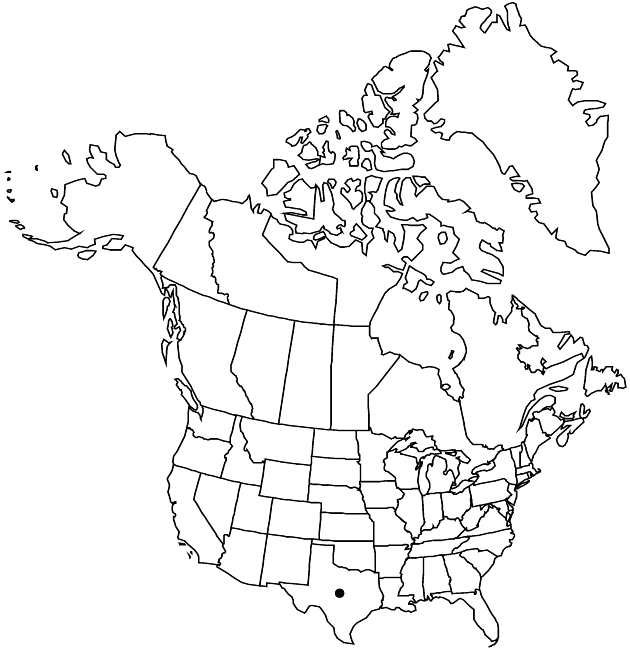Difference between revisions of "Thelesperma nuecense"
Rhodora 61: 243. 1959.
FNA>Volume Importer |
FNA>Volume Importer |
||
| Line 46: | Line 46: | ||
|publication year=1959 | |publication year=1959 | ||
|special status= | |special status= | ||
| − | |source xml=https://jpend@bitbucket.org/aafc-mbb/fna-data-curation.git/src/ | + | |source xml=https://jpend@bitbucket.org/aafc-mbb/fna-data-curation.git/src/f50eec43f223ca0e34566be0b046453a0960e173/coarse_grained_fna_xml/V19-20-21/V21_497.xml |
|tribe=Asteraceae tribe Heliantheae | |tribe=Asteraceae tribe Heliantheae | ||
|subtribe=Asteraceae (tribe Heliantheae) subtribe Coreopsidinae | |subtribe=Asteraceae (tribe Heliantheae) subtribe Coreopsidinae | ||
Revision as of 21:38, 16 December 2019
Annuals, 30–70(–90+) cm. Cauline leaves ± scattered over proximal 1/4–1/2(–3/4) of plant heights, internodes mostly 4–10 cm; lobes mostly linear to filiform, sometimes ± oblong, 25–50(–120) × 0.5–1+ mm. Calyculi of 6–7+ narrowly triangular bractlets 2–4 mm. Ray florets 8; laminae yellow to golden, usually proximally, sometimes almost wholly, suffused with red-brown or with a red-brown spot or band, 10–20+ mm. Disc corollas red-brown, throats shorter than lobes. Cypselae 5–5.5+ mm; pappi 0.5–1+ mm. 2n = 20.
Phenology: Flowering Mar–Jul.
Habitat: Disturbed sites on sands
Elevation: 0–200 m
Discussion
Distinctions between Thelesperma nuecense and T. filifolium are subtle; they may be better treated as one species.
Selected References
None.
Lower Taxa
None.
